How is AI Changing Interior Design? We Answer Your FAQs
In this post, we answer commonly asked questions about how AI is changing interior design.
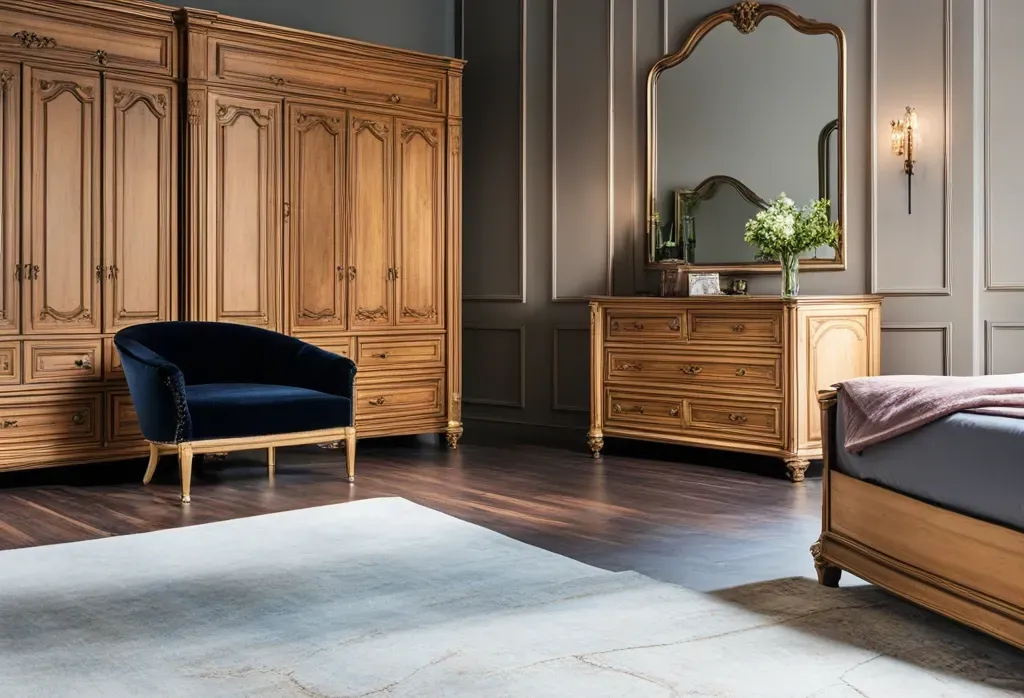
AI is revolutionizing interior design, making it easier than ever to create stunning, functional spaces. Whether you're a homeowner looking to refresh your space or a professional designer exploring AI-powered tools, you probably have questions about how AI fits into the process.
In this post, we answer the most common questions about AI in interior design and what it means for the future of home aesthetics.
How does AI assist in creating interior designs?
AI helps streamline the interior design process by generating design concepts, suggesting color palettes, arranging furniture layouts, and even visualizing spaces in 3D.
With machine learning, AI tools can analyze style preferences, space constraints, and user inputs to offer tailored recommendations, making design more accessible and efficient.
What types of AI tools or platforms are popular for interior design?
There are several AI-powered interior design platforms available today. Some tools, like Planner 5D and Roomstyler, offer 3D room planning and design visualization, while others provide AI-assisted recommendations with human designers available for further customization.
Additionally, AI-driven image creation tools like Midjourney and DALL-E can create images of interior design styles and offer decoration inspiration. With a few prompts, you can now generate images to help you visualize home decor.
Can AI replace human interior designers?
AI can assist in many design aspects but can't replace human creativity and intuition. While AI can generate layout suggestions and optimize functionality, human designers bring emotional intelligence, artistic vision, and personalized touch that AI cannot fully replicate.
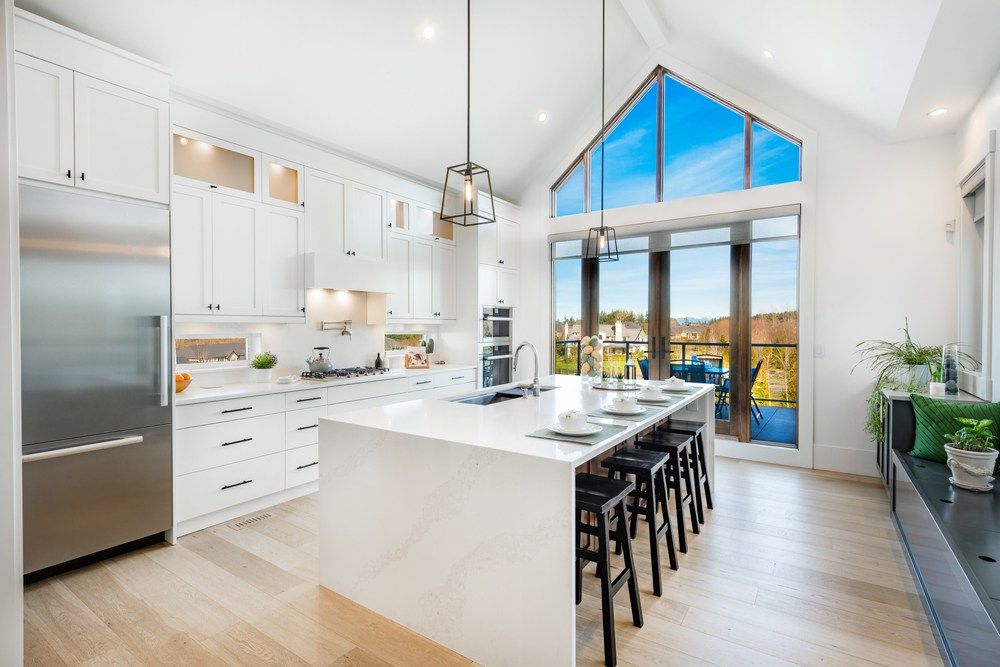
Instead, AI serves as a valuable tool that enhances the work of professional designers rather than replacing them.
How does AI tailor designs to individual preferences or lifestyles?
AI uses machine learning to analyze a person’s preferences based on past selections, search history, and inputs. Many AI platforms ask users to select from various styles, color schemes, and room types to generate recommendations matching their tastes and lifestyles.
Some tools even adjust suggestions based on factors like household size, daily routines, and functionality needs.
Can AI incorporate existing furniture or decor into new designs?
Yes. Many AI design tools like Planner 5D allow users to upload photos of their existing furniture or decor and convert them into 3D models.
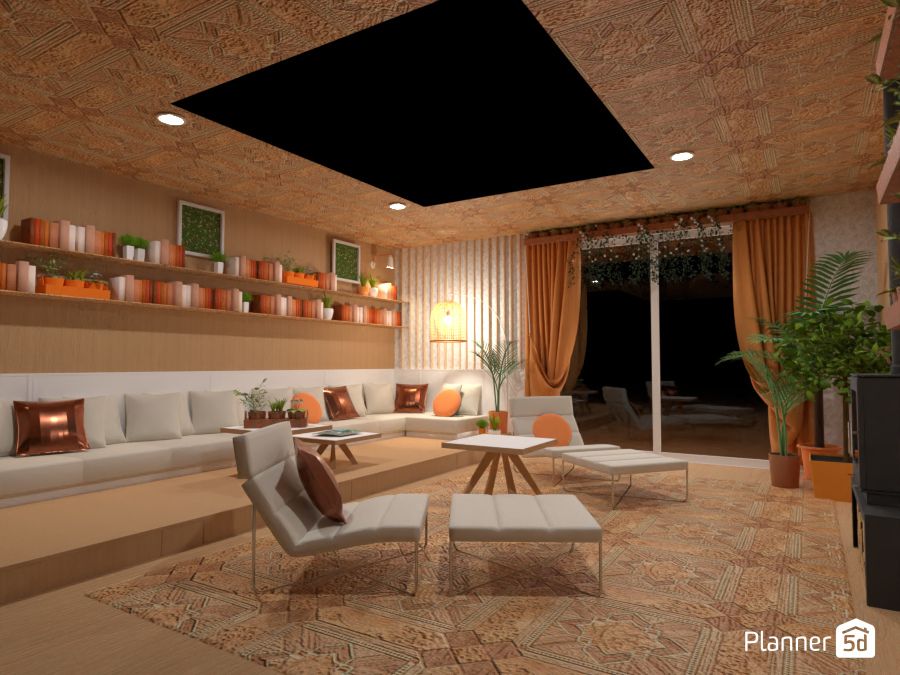
The AI then integrates these pieces into new layouts, ensuring that any redesign complements what’s already in place. Some platforms even suggest additional pieces that match the user’s existing aesthetic.
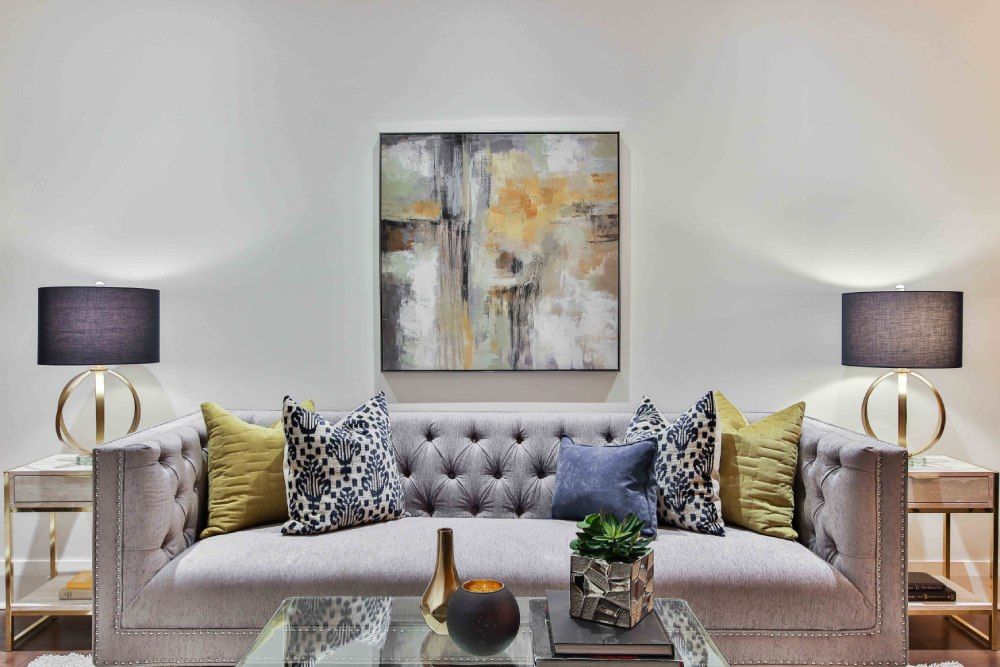
Does AI offer unique designs, or are they based on pre-made templates?
While some AI tools rely on pre-set templates, many advanced platforms use deep learning to generate unique designs tailored to each user’s needs. These AI systems can create one-of-a-kind layouts and styles, adapting dynamically to different spaces and preferences rather than simply offering cookie-cutter solutions.
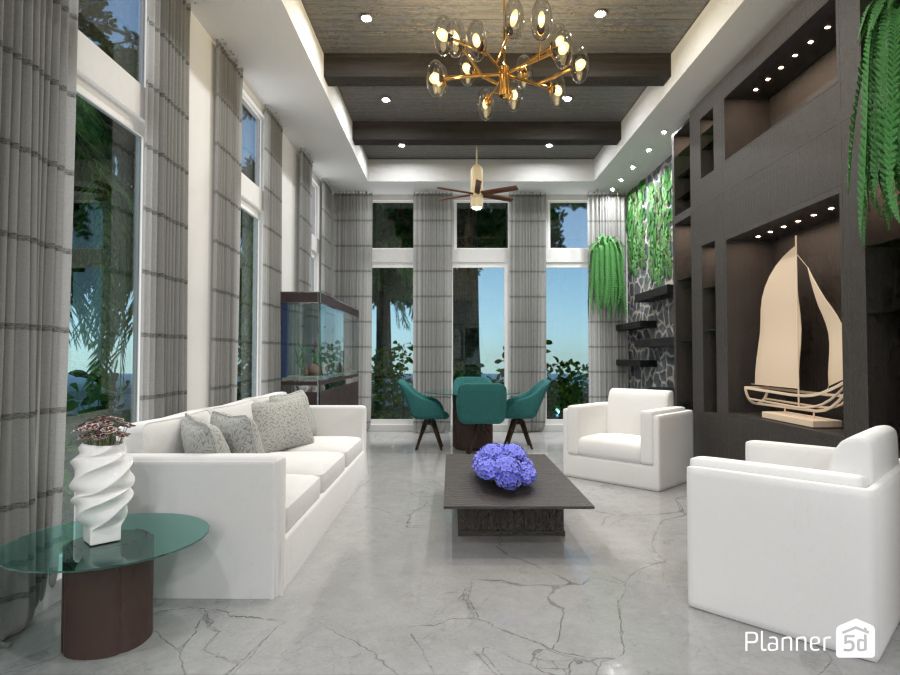
Is AI-driven interior design more cost-effective than hiring a professional?
AI-driven design tools can be a cost-effective alternative to hiring a professional. Many AI platforms offer free or affordable design assistance, so you can plan your spaces without the high fees of an interior designer. However, for complex projects, a combination of AI and human expertise often leads to the best results.

How accurate are AI-generated design recommendations in real-world settings?
AI-generated designs are generally accurate in terms of aesthetics and layout. However, they may not always account for real-world factors like lighting conditions, furniture scale, or the feasibility of certain installations.
Users may need to make minor adjustments or consult a professional to ensure the final result is practical and functional.
Can AI account for room dimensions, lighting, or structural limitations?
Most AI interior design tools allow users to input room dimensions and select lighting conditions to generate more precise recommendations. However, AI does not always recognize structural constraints, such as load-bearing walls or ventilation needs, which is why professional consultation is still valuable in complex projects.
Tools like Room Scanner can help you scan your room to create a digital floor plan. Use your phone to capture the space around you and get an instant floor plan you can customize right away.
Can AI keep up with current design trends or specific styles (e.g., minimalist, industrial)?
AI continuously updates its database with new trends by analyzing design magazines, online resources, and social media. Many platforms allow users to select from various design styles, like minimalist, bohemian, industrial, or modern, to ensure the recommendations align with the latest trends.
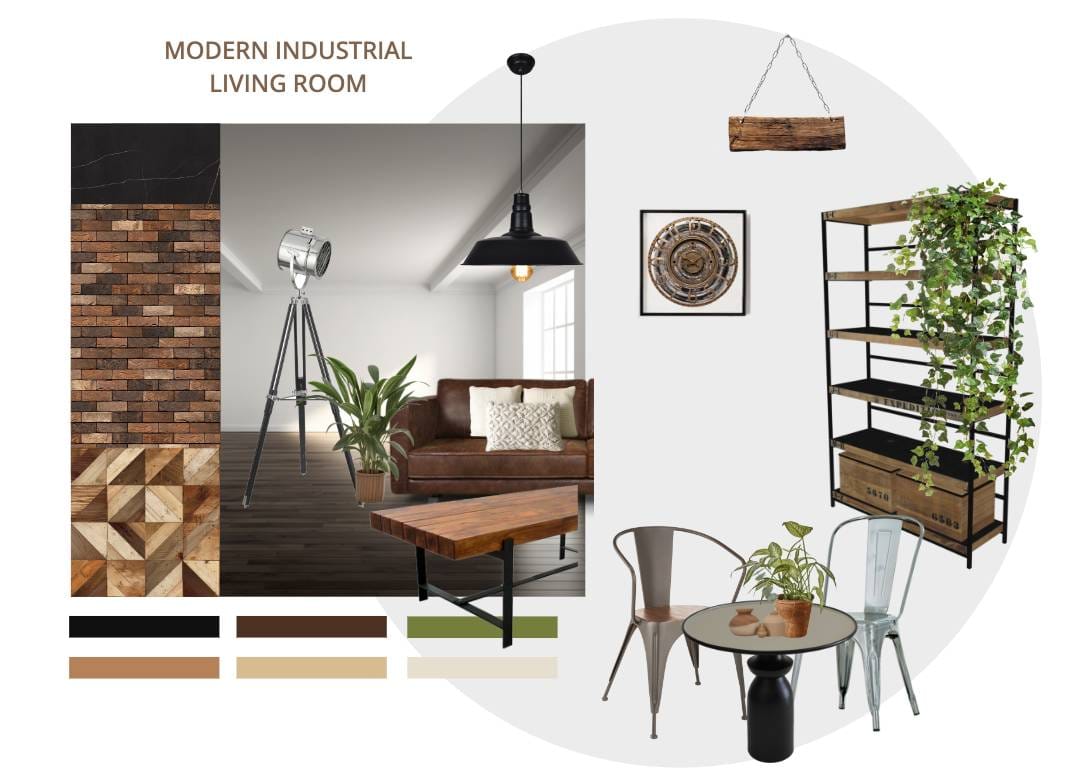
Does AI prioritize aesthetics over functionality in its designs?
AI aims to balance both aesthetics and functionality, but its success depends on the platform. Some AI tools emphasize visual appeal, while others optimize space and usability. Look for AI solutions that allow customization to prioritize your specific needs.
What are the data privacy implications of using AI for interior design?
Privacy is a valid concern since AI tools often collect user data to provide personalized recommendations. You should review privacy policies to understand what information is stored and how it is used. Opting for platforms with strong security measures and minimal data retention can help protect your personal information.
Do users need technical expertise to operate AI design tools?
Most AI interior design tools are user-friendly and require little to no technical knowledge. Many platforms like Planner 5D have intuitive drag-and-drop interfaces, guided prompts, and automated suggestions that make the process seamless, even for beginners.
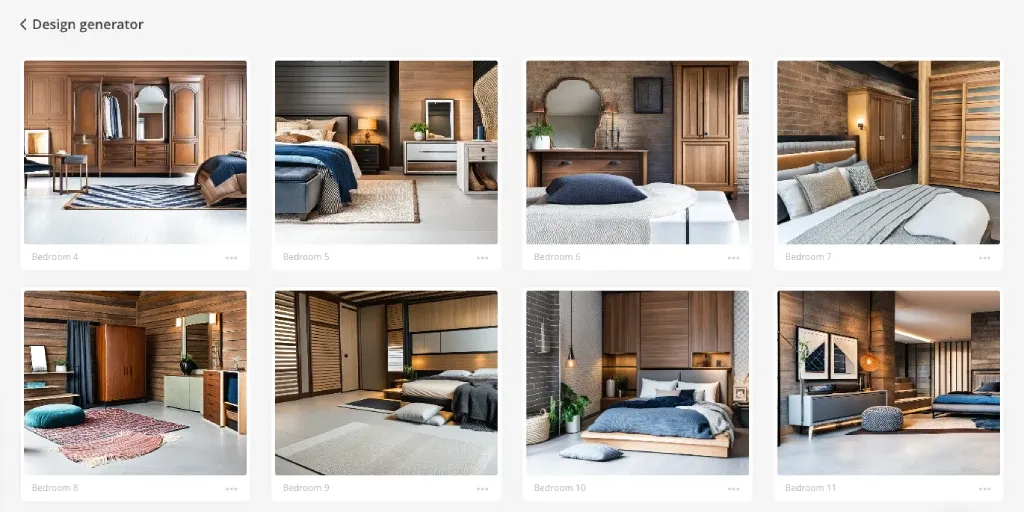
Are there hardware/software requirements for running AI design applications?
Basic AI design tools run on standard web browsers or mobile apps, while advanced 3D modeling applications may require a more powerful computer with high-end graphics capabilities. Always check the platform’s requirements before using AI design software.
How can AI collaborate with human designers in the creative process?
AI can be a powerful assistant for human designers by providing quick layouts, mood board suggestions, and material recommendations. Designers can then refine these AI-generated ideas with their expertise, making the process more efficient while maintaining a personal touch.
Can AI integrate with IoT devices or smart home systems for cohesive designs?
Some AI-driven design tools can connect with IoT (Internet of Things) devices, such as smart lighting or thermostats, to create cohesive, tech-savvy interiors. This integration allows homeowners to optimize their space not just for aesthetics but also for energy efficiency and convenience.
Can AI suggest eco-friendly materials or sustainable design practices?
Many AI tools are programmed to recommend sustainable materials and eco-friendly design choices. From suggesting reclaimed wood furniture to energy-efficient lighting, AI can help users create greener, more sustainable living spaces.
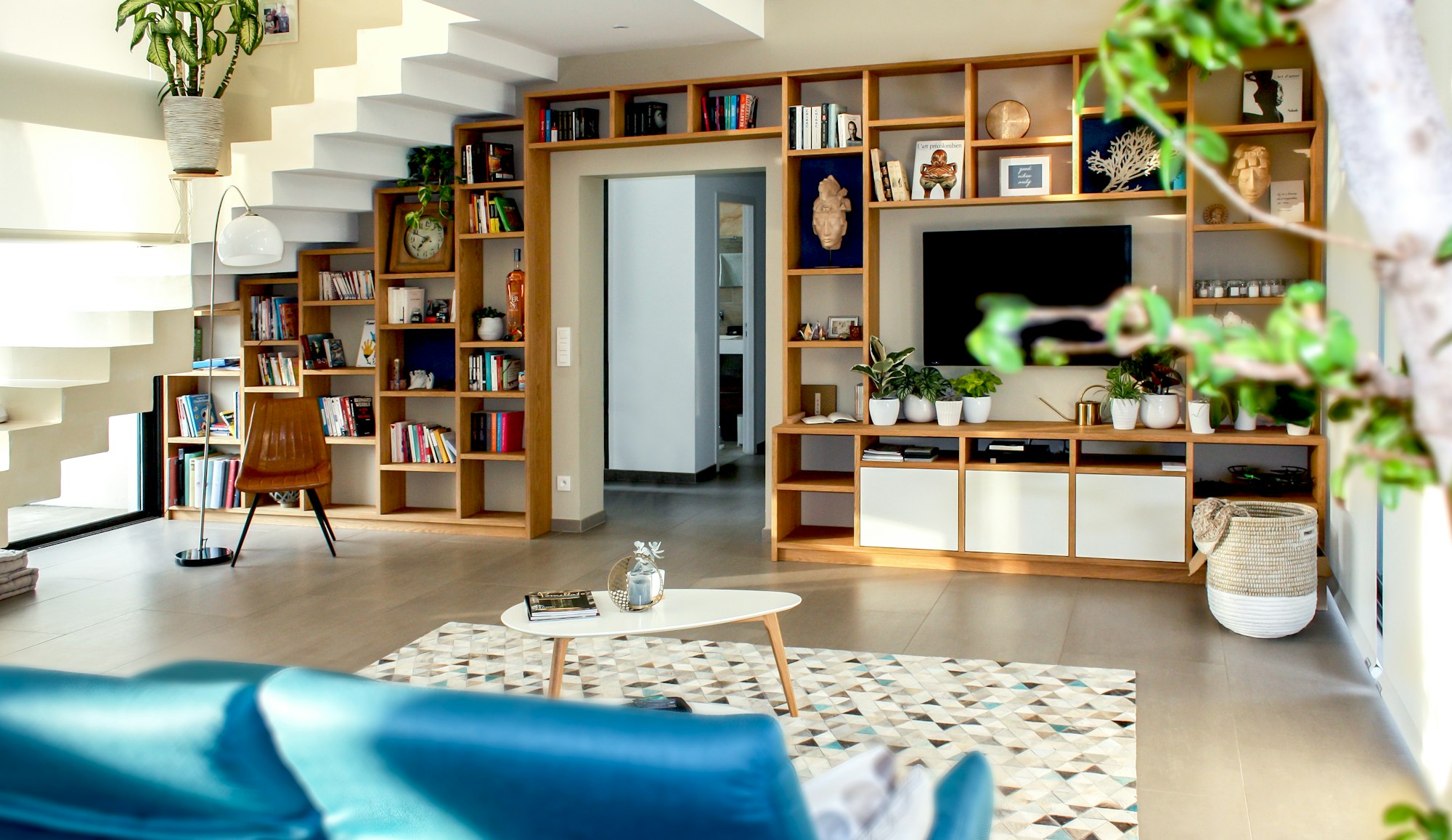
Is AI suitable for renters or temporary spaces needing non-permanent solutions?
Absolutely. AI can generate flexible design solutions tailored to renters who need non-permanent decor options. From removable wallpaper suggestions to modular furniture layouts, AI helps users personalize their space without making irreversible changes.
How do I measure the success of an AI-generated design?
Success can be measured by how well the final design meets your aesthetics, functionality, and comfort expectations. If the AI-generated design improves the space’s usability and reflects your style, it can be considered a success.
What are the limitations of AI in interior design compared to humans?
AI lacks the emotional intelligence, creativity, and deep understanding of a client’s personality that human designers offer.
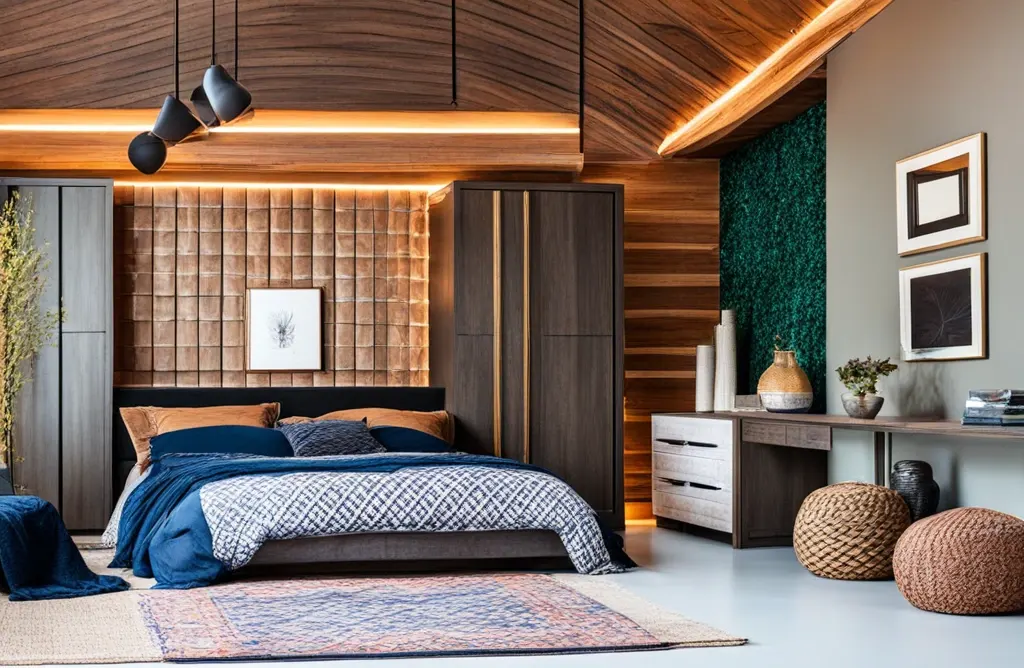
While AI can suggest designs based on trends and data, it may struggle to create deeply personalized or artistically innovative spaces without human input. It also won't think of incorporating family heirlooms or other personal mementos.
How might AI transform the interior design industry in the future?
AI continuously evolves, offering even more advanced customization, real-time augmented reality previews, and seamless integration with smart homes. As AI technology improves, it will likely become a standard tool in both professional and DIY interior design, enhancing creativity and efficiency across the industry.
Conclusion
AI is shaping the future of interior design by making stylish, functional spaces more accessible to everyone. While it’s not a replacement for human expertise, it’s a fantastic tool for both professionals and DIY enthusiasts looking to create beautiful, well-designed spaces with ease.
Experience the power of AI-driven design with Planner 5D. Our innovative tools, including the Design Generator, Smart Wizard, and AI floor plan recognition, make it easier than ever to bring your dream home to life. Transform your vision into reality and unlock a world of design possibilities today.
Recommended reading:
